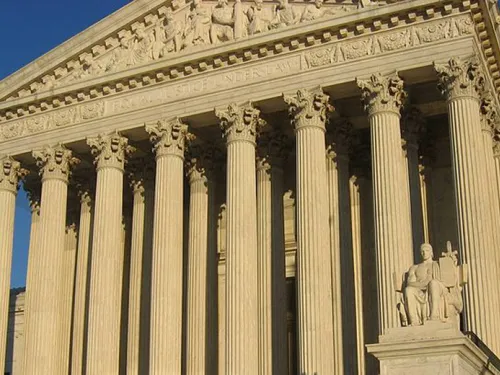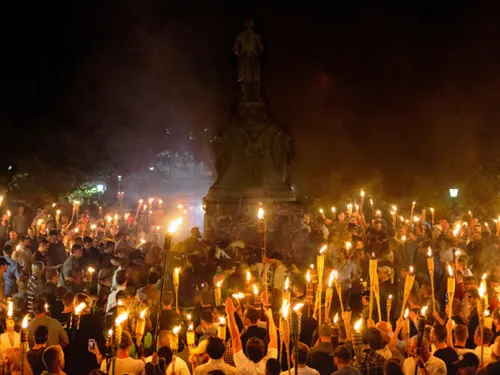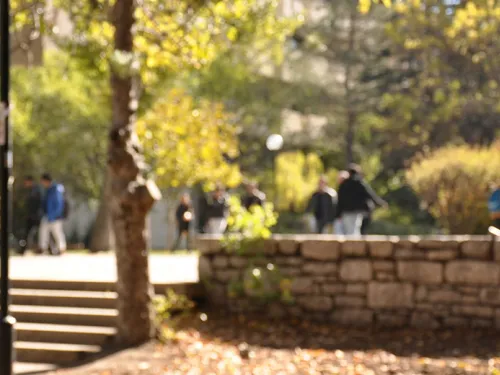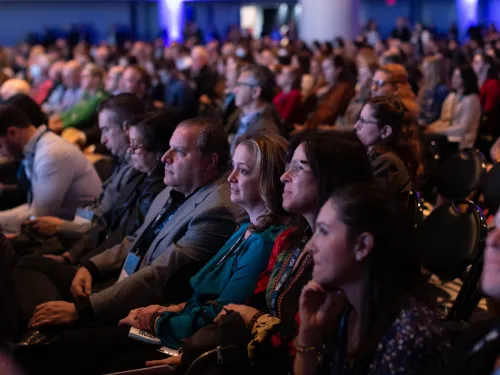by: Oren Segal
June 15, 2016
Update - 9/27/16: Newly released information indicates that Mateen told a hostage negotiator during the standoff that his attack was inspired by the death of an ISIS commander. This indicates that Mateen’s support of ISIS may have been more influential in his decision than was previously known.
This weekend’s shooting at the Pulse nightclub in Orlando, Florida, which left 49 dead and 52 people injured, has reinvigorated debate surrounding the nature of radicalization and what it means when someone claims to act on behalf of a foreign terrorist organization.
While details about the attack and the perpetrator, Omar Mateen, continue to emerge, there are indications that the assailant may have been motivated by more complicated factors than a simple allegiance to any one, or combination of, terrorist groups. During his call to 911 at the time of the attack, Mateen pledged allegiance to ISIS and its leader, Abu Bakr al Baghdadi, called the Boston marathon bombers his “homeboys” and mentioned Moner Abusalha, a Florida resident who committed a suicide attack on behalf of Jabhat al Nusra, Al Qaeda in Syria, in 2014.
There are signs, however, that extremist ideology may have been only one of many elements that led him to carry out the massacre. Mateen reportedly exhibited violent tendencies prior to the attack; he was accused of domestic abuse by his ex-wife and reportedly threatened coworkers in the past. Domestic violence has been linked to mass shootings – extremist or otherwise. His ex-wife has also suggested he may have been gay. If true, that could point to a host of personal, psychological reasons for his decision to attack Pulse, which was a gay nightclub.
Still, the fact that Mateen had claimed support for Hezbollah and Al Qaeda in a conversation with co-workers – which, along with his possible connections to Moner Abusalha, led to him being investigated twice by the FBI– may indicate he had some profound attraction to these groups.
Mateen is far from the only individual whose activity appears to have been shaped by a complex web of factors, of which extremist ideology may be just one element. For example:
- In August 2014, Ali Muhammad Brown was allegedly engaged in a robbery when he shot a man in a car in New Jersey. Brown is also accused of killing three individuals outside a gay nightclub in California that June; Brown had allegedly lured them to his car on Grindr, a gay (dating) app, and then murdered them. When apprehended, Brown claimed that the murders were revenge for U.S. actions in the Middle East. Brown had also reportedly written in a journal that he planned to follow ISIS and “learn the way of jihadis,” and had previously been linked to a conspiracy to send funds to Al Shabaab, al Qaeda in Somalia. The circumstances of this particular murder, however, indicated that he was hoping to get away with robbery, rather than undertaking a politically charged act. Similarly, there were no clear indications that his murders in California were undertaken for political reasons.
At least two other individuals never claimed their attacks on behalf of specific foreign terrorist organizations, but were linked to those organizations in their online activity – and in both cases, ISIS eventually claimed credit for their violent actions. ISIS has also claimed credit for the Orlando attack.
- In September 2014, Oklahoma resident Alton Nolen was suspended from his workplace, a food processing plant. Nolen returned with “a large bladed knife,” with which he beheaded a former colleague and attacked a second. Nolen’s social media feed indicated an interest in violent extremist propaganda, and particularly violent acts associated with ISIS, even as it became clear that he had no actual links to extremist organizations or a comprehensive adherence to extremist ideology. Indeed, his online activity may have influenced him to some extent - his interest in extremist violence may have informed his decision to undertake a beheading rather than another form of violence. Dabiq, ISIS’s English language magazine, claimed credit for Nolen’s activity and boasted that he had acted based on ISIS propaganda. The circumstances of the activity, though, seemed more directly related to workplace violence than to Islamic extremism.
- In October 2014, Zale Thompson of New York attacked law enforcement officers with a hatchet. Thompson’s online history indicated he had experimented with a variety of extremist ideologies, but had most recently engaged with Islamic extremist propaganda and ideology, including ISIS-specific propaganda, prior to the attack – presumably because it justified such an attack more than other groups he had associated with. He had also independently expressed anger against law enforcement. Thompson’s ultimate motives have not been made clear; the NYPD classified his actions as a terrorist attack, but the FBI did not. Like Nolen, Thompson did not state that his action was undertaken on behalf of a foreign terrorist organization, but ISIS claimed that it was inspired by their propaganda in Dabiq magazine.
The apparent complexity of the motivations in the Orlando Shooting would indicate that this tragedy can fall under the rubric of many other mass casualty attacks – such as Sandy Hook and Charleston- as well as under the rubric of domestic terrorism motivated by Islamic extremist ideology – such as the Boston Bombing and the San Bernardino shooting.











